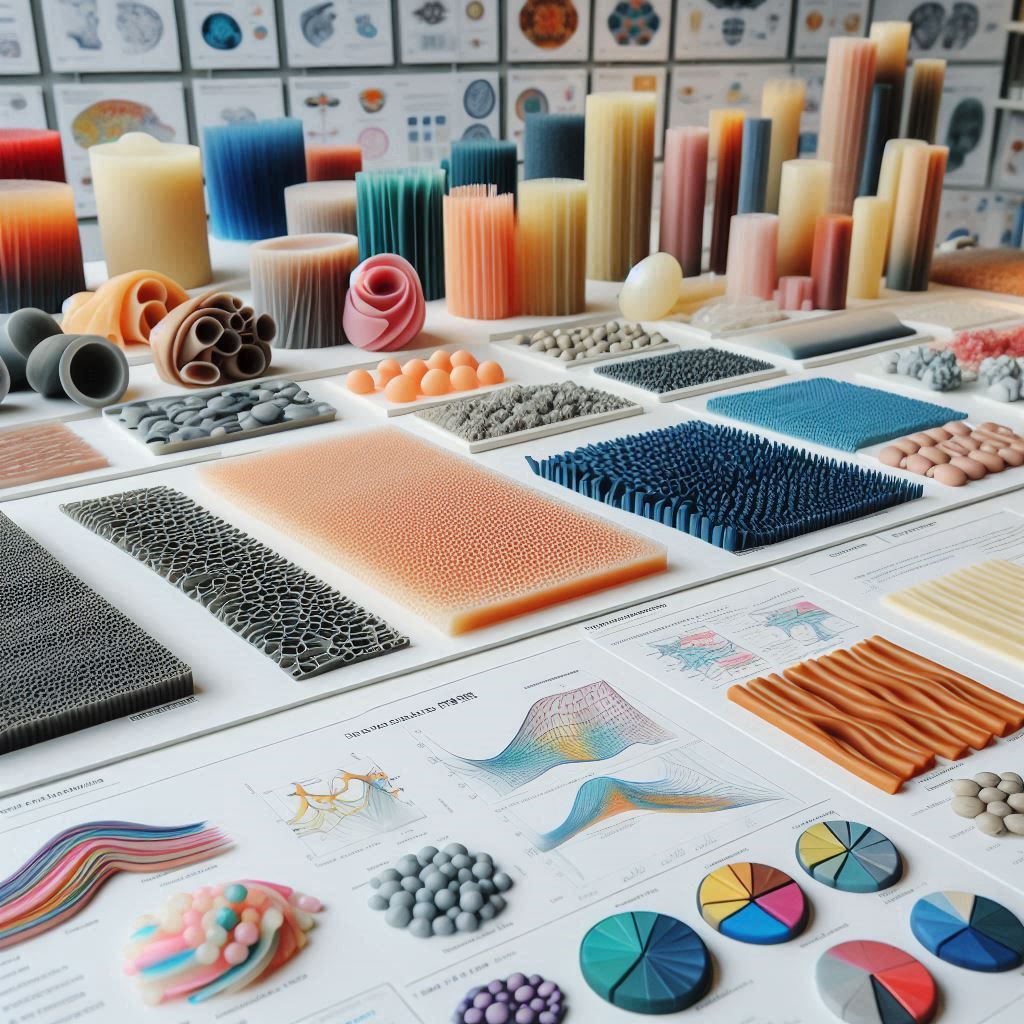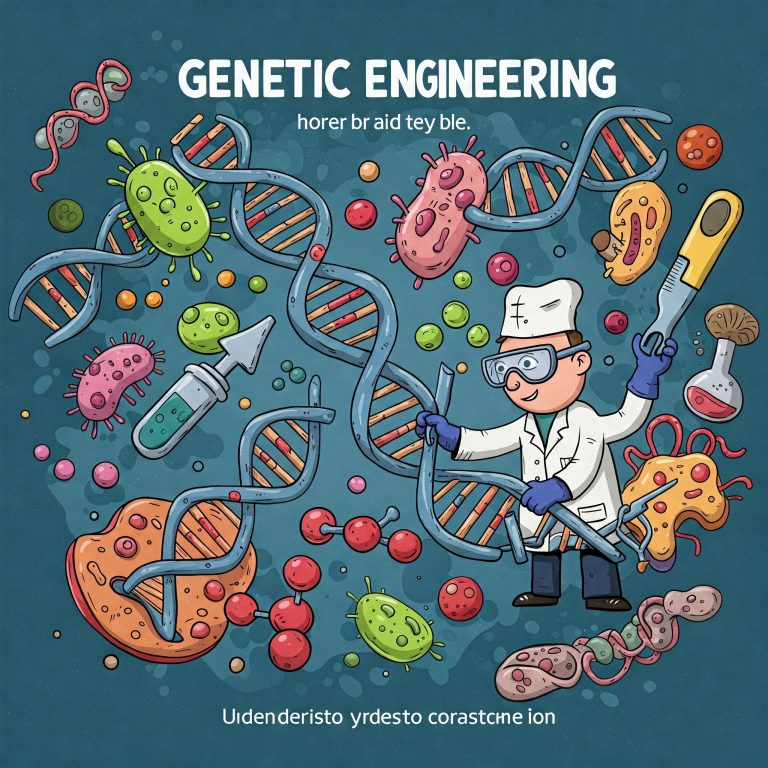Elastocalorics is a new and promising area of materials science that promises to revolutionize the way we heat and cool our surroundings. It is all about elastocaloric materials that undergo large temperature changes when mechanically stressed. The elastocaloric effect, which this phenomenon is called, can potentially result in more energy-efficient and environmentally friendly cooling technologies.

What is the Elastocalorics Effect?
The elastocalorics effect is a case in point when certain materials are stretched, squeezed, or bent. Then an effect can occur when they absorb heat from the surrounding air (cooling) or release heat (heating). This can change due to change in the materials’ entropy (think of it as information). Put in softer words, the material, as it changes the state due to stress, can either accept heat or dispel it.
Applications of Elastocaloric Materials
Elastocaloric materials are being explored for various applications, particularly in the field of solid-state refrigeration and heating. Here are some potential applications:

Refrigeration:
Elastocaloric refrigeration is an innovative approach to cooling based on the properties of elastocaloric materials. Materials like shape memory alloys change in temperature under mechanical stress. Thus enabling the conversion of mechanical energy into thermal energy directly by the elastocaloric refrigeration system. Hence offering efficient and environmentally friendly cooling solutions. Unlike traditional refrigeration methods that rely on harmful refrigerants and energy-intensive vapor-compression cycles, elastocaloric refrigeration offers a more sustainable alternative. It reduces greenhouse gas emissions and energy consumption by eliminating the need for refrigerants. As research continues to optimize these materials and develop practical applications. Elastocaloric refrigeration is poised to revolutionize cooling our environment. Hence becoming key in research for the most sustainable yet efficient cooling technologies.

Heating and Cooling Systems:
Elastocaloric materials are revolutionizing heating and cooling systems by offering a sustainable and efficient alternative to traditional methods. These materials undergo significant temperature changes when subjected to mechanical stress. Making them ideal for integration into various heating and cooling applications. In buildings, vehicles, and electronic devices. Elastocaloric materials can provide precise and energy-efficient temperature regulation without the need for harmful refrigerants. These systems have reduced energy consumption and environmental impact because they convert mechanical energy directly into thermal energy. As the research continues, the possibility of elastocaloric heating and cooling systems. to revolutionize the concept of temperature control becomes more hopeful and opens a bright future towards sustainability.

Wearable Technology:
Elastocaloric materials are making new strides in wearable technology through the offering of advanced methods for personal temperature management. The materials modify their temperature as they are subjected to mechanical stress. Thus such clothing and accessories that can cool or heat up the wearer as they please can be developed. Think of a jacket that will keep you comfortable during the blistering summer heat and make you feel warmer. When it gets cold, and the best part is that it doesn’t require any external power or bulky insulation. This versatility not only makes our lives more conveniently easy but also consumes less energy and is eco-friendly.

Thermal Management of Electronics:
Elastocaloric materials are on the verge of revolutionizing the thermal management of electronics by providing efficient and sustainable solutions for heat regulation. As electronic devices become more powerful and compact, managing heat dissipation becomes a critical challenge. Elastocaloric materials are promising because they exhibit significant temperature changes under mechanical stress. Through the direct conversion of mechanical energy to thermal energy, these materials are able to absorb heat effectively and dissipate it away from the sites of the electronic components, thereby preventing overheating and maintaining proper and optimal performance. As the research unfolds, elastocaloric materials are likely to gain a better place in the thermal management of electronics leading to innovative devices that are highly efficient and friendly to the environment.

Medical Devices:
Elastocaloric materials provide significant improvements in the medical field, showing innovative ways that could precisely alter temperature according to desired conditions in medical devices. They change temperature when subjected to mechanical stress and can efficiently manage heating and cooling of most medical applications. Some examples include controlled environment equipment in cryogenic chambers, surgical instruments, and various forms of therapeutic equipment. The materials can provide targeted cooling or heating, with no need for using traditional refrigerants. This makes them both environmentally friendly and energy-efficient. As research goes on, the use of elastocaloric materials can increase the functionality and sustainability of medical devices, assisting patients better and offering better treatments.

Energy Harvesting:
In principle, elastocaloric materials open up great scope in the fields of energy harvesting, providing for a new type of conversion method from mechanical into thermal energy. The elastocaloric effect-temperature change exhibited by these materials when they experience any form of mechanical stress, either due to extension or compression-is notable. This special property can be utilize to capture waste mechanical energy from industrial processes, car vibration, or even human movement and convert it into usable thermal energy. Thus, elastocaloric materials can potentially offer a sustainable and environmentally friendly way of harvesting energy. As research continues to explore and optimize these materials, their application in energy harvesting could contribute significantly to a reduction in reliance on traditional sources of energy and support a more sustainable future.
Key Elastocalorics Materials


There are many materials reports to have elastocaloric effects useful in cooling and heating technologies. Some of the most prominent elastocaloric materials include the following:
Shape Memory Alloys (SMAs): The most commonly investigated elastocaloric materials include SMAs, specifically Nickel-Titanium (NiTi) alloys, which exhibit considerable temperature variations under the influence of mechanical deformations that are super-recovered once the stress is released.
Ceramics: Some ceramic materials also have elastocaloric effects. Such materials are being studied for their possible applications in various industries because of their unique thermal and mechanical properties.
Polymers: Some polymers can also show elastocaloric effects. These materials are flexible and can be tailor for specific applications, making them a versatile option for elastocaloric applications.
Metallic Alloys: Besides SMAs, many other metallic alloys are being developed to exhibit elastocaloric properties. This may lead to other mechanical and thermal properties for various applications.
Composites: It is possible to mix different elastocaloric materials together to enhance their overall properties in composite structures with tailored properties for specific applications.
The Future of Elastocalorics

This field is still at an early stage, but the prospect of more sustainable and efficient cooling and heating technologies is immense. Scientists are constantly developing new materials and perfecting the existing ones to optimize the elastocaloric effect, thereby making the technologies commercially viable.
Elastocalorics will likely make a big contribution in shaping the future of temperature regulation, especially because demand for energy-efficient and environmentally friendly cooling and heating solutions is rapidly growing. Keep your eye on this space as we will likely see very exciting developments ahead!
Elastocalorics is indeed a promising discipline that merges the underlying principles of both. Materials science and thermodynamics with the aim to come up with innovative solutions for both cooling and heating. Harnessing the elastocaloric effect enables us to pursue the development of technologies that can be more energy-efficient and considerate of the Earth. Through continued research on this subject, we can await a future with elastocaloric materials in nearly every aspect of our lives.
You can check more information from these post.
Subscribe to our newsletter!







Insightful piece! Speaking of breakthroughs, Sprunki Game is leading the way.